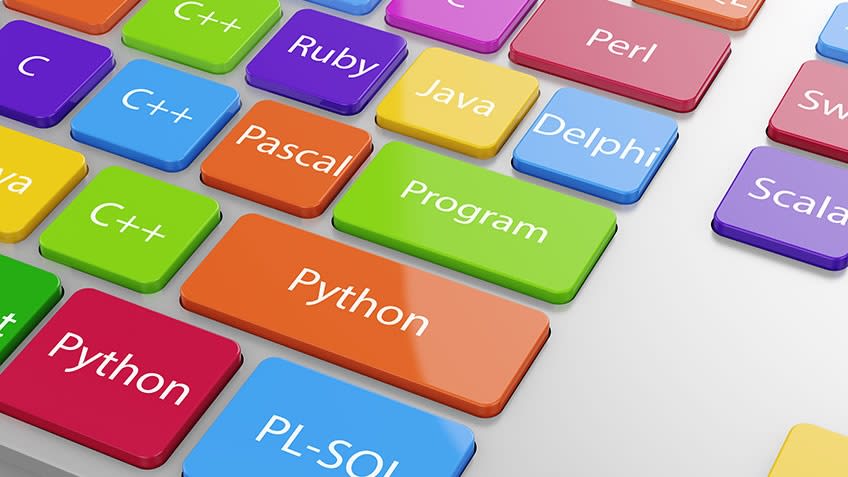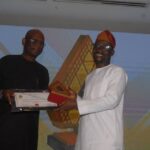Creating domestic versions of popular digital platforms such as Zoom, Facebook, Amazon, or Alibaba is inevitable for the national security of a country and should be placed on a high priority by governments.
However, developing these must-have platforms is not a stroll in the park.
Computer operator in court over theft of goods worth N105, 900
Computer emergency response boosting cyber security — FG
It requires solid education and skill in the requisite fields of computer science, business, engineering, and psychology, though the computer science requirement is the most basic and crucial, as programming the computer is at the heart of the suggested endeavor.
Unfortunately, there are too many computer programming languages, and the uninitiated may easily be lost.
As is well known, too many options destroy simplicity and creates complexity, which is certainly undesirable.
In a two-part article starting from today’s, I will give a historical perspective and simplify the problem of deciding computer languages to learn, by narrowing down the options based on the demands for these languages.
The development of computer programming languages is highly dynamic, with new ones being introduced ever so often.
Specific applications of a software package or platform determine the kind of language.
For example, traditional engineering disciplines such as mechanical, chemical, and civil engineering require computer programs that enable them to solve very complicated mathematical equations, whereas application computer programmers require languages that help them to easily interface between users and the computer.
Thus, the FORTRAN (an acronym for FORmula TRANslation) language, which has been the workhorse of traditional engineering fields and physical sciences, has been around since 1957, and it doesn’t seem to be going away, though there has been some recent encroachment by other languages such as C and C++.
The fact that legacy engineering codes have been written in FORTRAN contributes to the longevity of this language.
I learned programming FORTRAN in the 1970s, and most of the application programs I write even today in Mechanical and Aerospace Engineering are in FORTRAN because of the language’s efficiency in handling complex mathematics.
These days I also program in a few other, newer, languages.
Onlinecollegeplan.com gives a brief history of computer languages. According to this source, the first computer programming language was created in 1883 by a woman named Ada Lovelace.
The language was referred to as the Algorithm for the Analytical Engine.
This was followed by development of the Assembly Language in 1949.
The assembly language is a type of low-level language, in the sense that it gives direct instructions to the registers of a computer on the manipulation of the digits involved doing calculations.
The Autocade, considered by many to be the first compiled computer programming language, is a term for a family of early languages, the first of which was developed 1952 by Alick Glennie at the University of Manchester in the U.K.
The FORTRAN language was created by John Backus in 1957 for complicated scientific, mathematical, and statistical work.
It is one of the oldest computer programming languages, which, as alluded to above, is still used today.
Algol, which stands for Algorithmic Language, was created in 1958.
It evolved into languages such as Pascal, C, C++, and Java. Dr. Grace Murray Hopper created COBOL (COmmon Business Oriented Language) in 1959 and it ran on all brands and types of computers.
COBOL is used in ATMs, credit card processing, telephone systems, hospital and government computers, automotive systems, and traffic signals. John McCarthy of MIT created LISP in 1959 for his artificial intelligence research.
The BASIC (Beginner’s All-purpose Symbolic Instruction Code) language was developed by John G. Kemeny and Thomas E. Kurtz at Dartmouth College (USA) for use by students with weak technical or mathematical background.
A modified version of BASIC was written by Bill Gates and Paul Allen, representing the first product of Microsoft.
Pascal was developed by Niklaus Wirth in 1970, naming the product to honor the French mathematician, physicist, and philosopher Blaise Pascal.
The easy-to-learn feature of the language makes it ideal for teaching computer programming.
Pascal was the main language used for software development in Apple’s early years.
Alan Kay, Adele Goldberg, and Dan Ingalls at Xerox developed the Smalltalk language which allows computer programmers to modify codes on-the-fly.
Some features of Smalltalk can be found in a few newer languages, such as Python, Java, and Ruby.
In 1972, Dennis Ritchie of Bell Labs (USA) developed the C programming language, which is (the first) high level language, in that, unlike Assembly, as an example, it is closer to human language and more removed from the machine code.
C was primarily developed as the engine for the UNIX operating system. Elements of C can be found in languages such as C++, C#, Go, Java, JavaScript, Perl, Php, Python, and Ruby. The SQL (Structured Query Language) was developed by Donald D. Chamberlin and Raymond F. Boyce at IBM, for viewing and changing information contained in databases.
Other languages and the year in which they were created include MATLAB (1978), Objective-C (1983), C++ (1983), Perl (1987), Haskell (1990), Python (1991), Visual Basic (1991), Java (1995), Php (1995), Ruby (1995), JavaScript (1995), C# (2000), Groovy (2003), Go (2009), and Swift (2014).

 Join Daily Trust WhatsApp Community For Quick Access To News and Happenings Around You.
Join Daily Trust WhatsApp Community For Quick Access To News and Happenings Around You.


